Description
Sanguisorba officinalis ‘Arnhem’
Sanguisorba officinalis ‘Arnhem’ is sure to evoke the curiosity of your neighbours. In Summer and Late Autumn the sumptuous green, pinnate and neatly saw-toothed foliage sends up its stems to 5 or 6 feet. A loose head of compact deep blood red cone flowers that dance and sway in the breeze tops each one. I first bought this plant at Hampton Court and spent the rest of the day being stopped by a legion of other visitors asking ‘Ooh, where did you get that from ?’ The foliage of ‘Arnhem’ is bright green and held quite upright.
Great Burnet, Burnet Bloodroot – Sanguisorba
Bloodroot, or Sanguisorba offincinalis is native to Europe including the British Isles, though it is not widespread. The Midlands and North are where you would mostly find it. It grows in damp meadows and pasture as do most Sanguisorba, the notable exception being Sanguisorba minor which grows on dry grassy or rocky places, often on lime. The related Sanguisorba minor (salad burnet) is found on chalk and limestone grassland and grows further north and South.
People grow Sanguisorbas for their flowers which are either pink or white bottle-brushes or cone-like on well branched airy flower stalks. The foliage is equally attractive being pinnate like a Rowan tree. The suit the border or more naturalistic plantings equally well.
Derivation
The common name for the burnets comes from the colour of the flowerheads, burnet is a word for crimson-red. The Latin name comes from the use of the herb in antiquity for staunching bleeding. The Latin ‘sanguis’=blood and ‘sorbeo’=I asorb, hence Sanguisorba. Sanguisorba officinalis (Greater Burnet) has the strongest medicinal effect and was the herbalists plant of choice for staunching bleeding both internal and external. Do not use Sanguisorba medicinally unless supervised by a trained professional. Sanguisorba minor (Salad Burnet) has similar but milder effect and was much used in the past. It was used to flavour wine. Gerard says of it – ‘the leaves steeped in wine and drunken comfort the heart and make it merry and are good against the trembling and shaking thereof.’ It was used in such quantity that it was formally known as ‘Toper’s Plant’.
Links

















































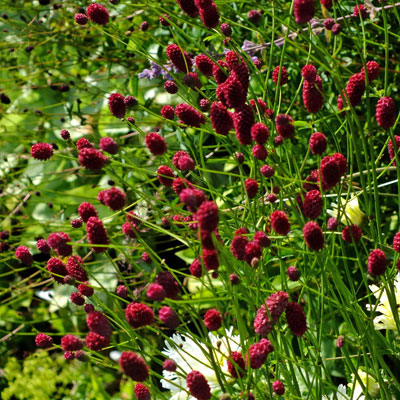
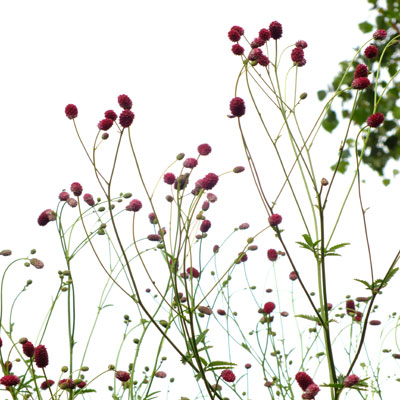
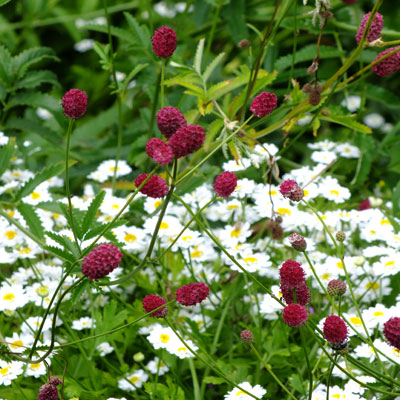
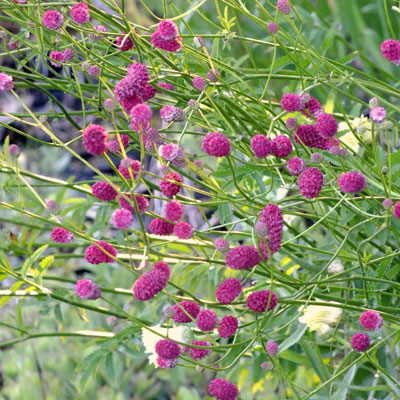



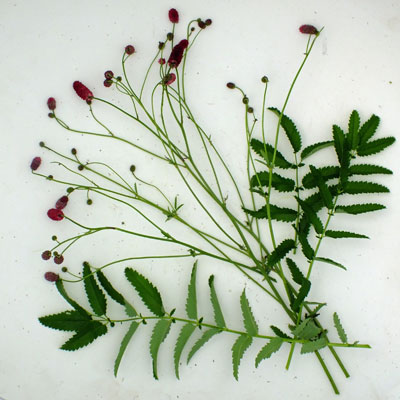

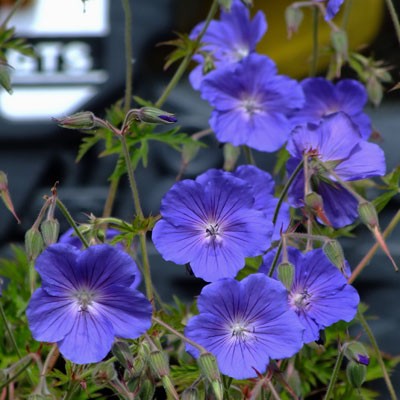
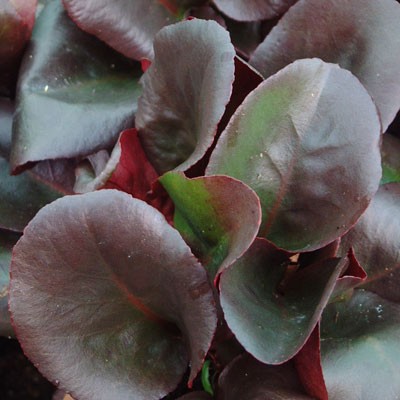
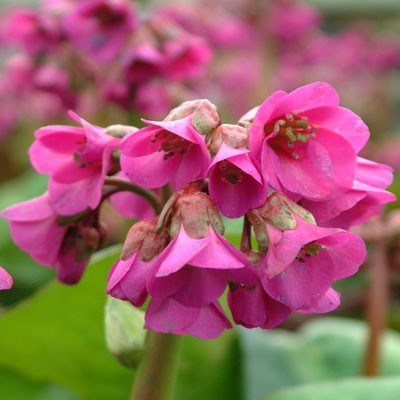
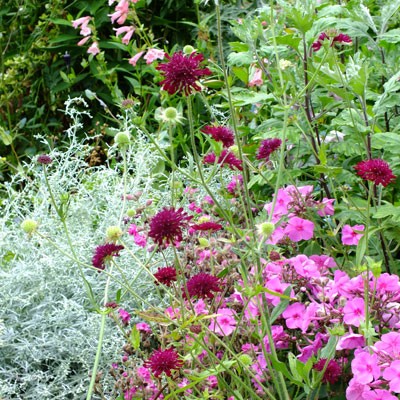
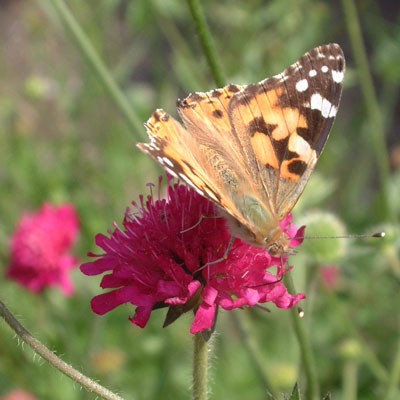
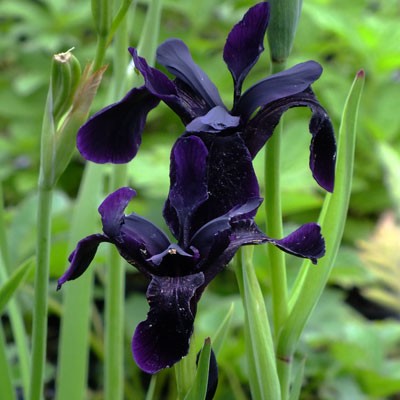
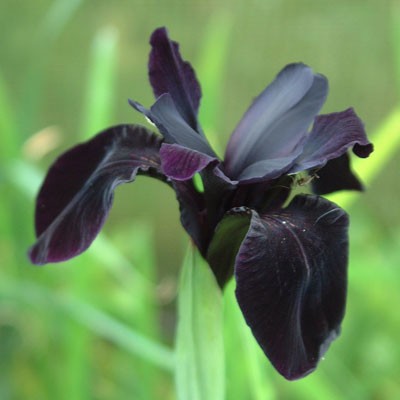
Reviews
There are no reviews yet.